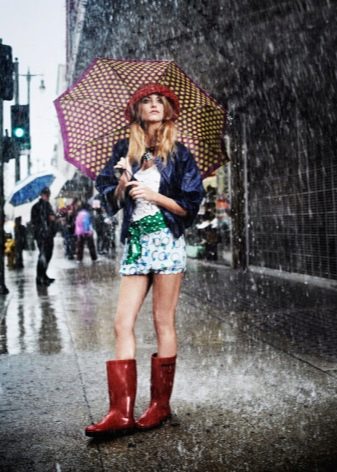Durable umbrellas
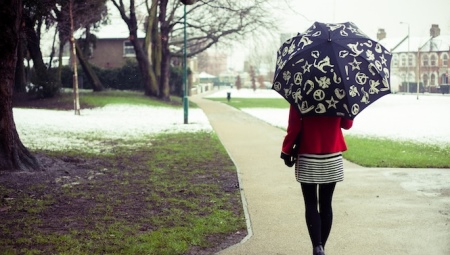
When choosing a high-quality umbrella for yourself, you should focus not only on beauty and a good match to the image. The high-end accessory has many years of stubborn resistance to rain, wind, snow and scorching sun ahead. Only the most durable model will allow you to rely on yourself in any situation.
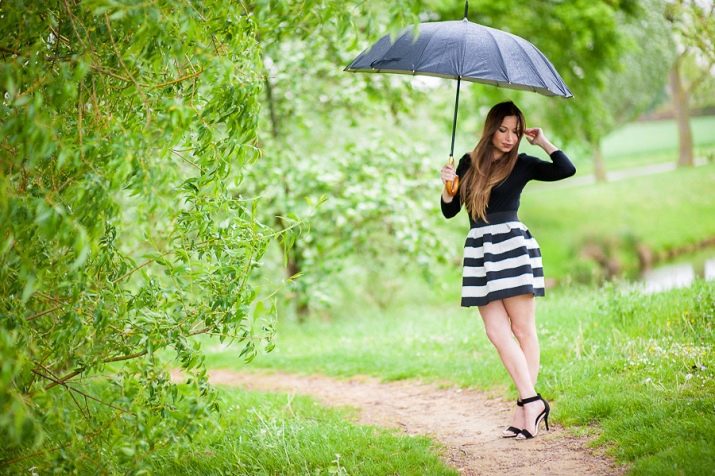
Design
When choosing an umbrella, you should take into account the weight and size, otherwise the "protector" will be too bulky, heavy and uncomfortable. Especially serious about the selection of the optimal material and suitable finishes should be approached by people suffering from allergies to fabric and paint.
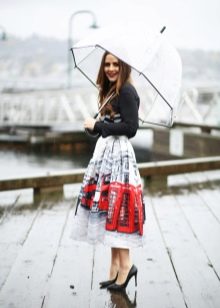
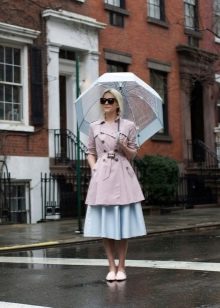
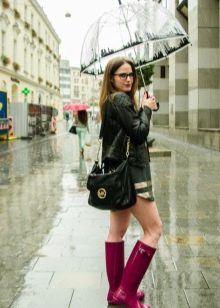
Among the really wide variety of countries, manufacturers, originals and fakes, you can easily find a reliable umbrella of your dreams. It is enough to clearly formulate the final request for yourself and understand the basic technological concepts.
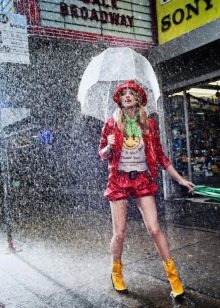
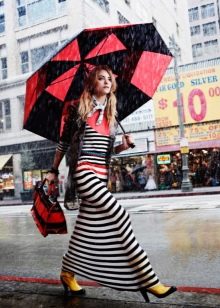
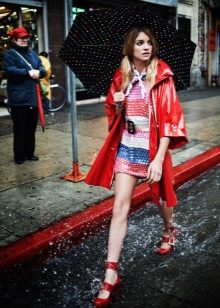
Having decided on the alleged ideal umbrella, you can start choosing the right model. It is worth starting from the type of construction: this is the basis that determines all other parameters.
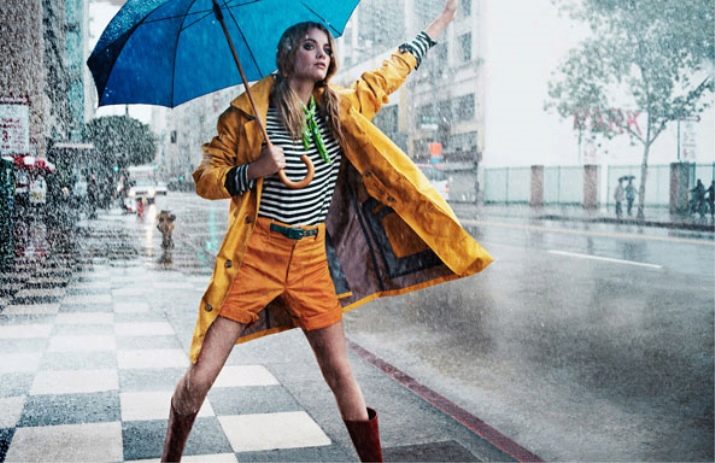
Umbrellas fall into two main categories:
- Umbrella cane;
- Folding.

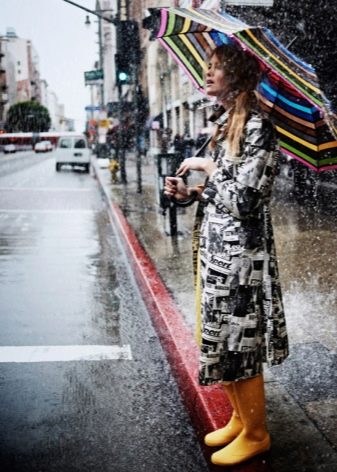
The cane fully complies with the basic rule: the fewer parts in the system, the higher its reliability. The simplicity of the design ensures maximum durability: high-quality non-folding umbrellas are capable of faithfully guarding the makeup and hairstyle of their mistress for 10 years or more.
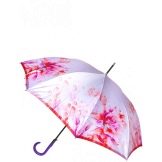
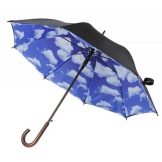
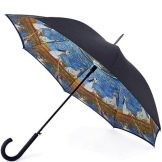
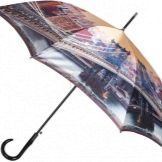
Another significant advantage of such products: when opened, the umbrella-cane creates a wide canopy that better protects against oblique rain. A minimum of moving parts is a guarantee of stability: this design has a much lower risk of turning into a shapeless pile of knitting needles and fabric in a strong gust of wind.
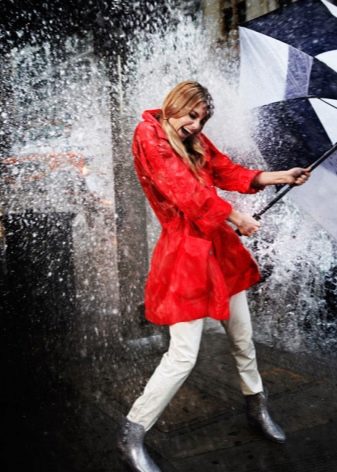
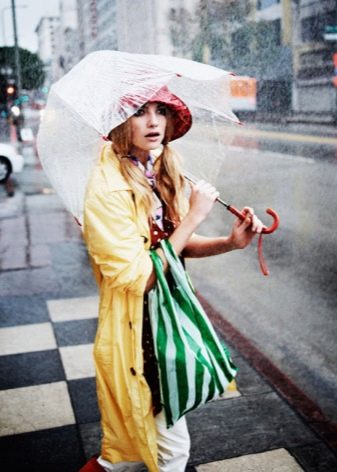
For the numerous advantages of the cane, one has to pay with its bulky dimensions: such an umbrella is distinguished by its considerable length, it clings and causes a lot of inconvenience in the absence of free space. The umbrella is quite heavy (300-500 g). You will have to keep it in your hands all the time, which will seem very uncomfortable to the owner, who is prone to some absent-mindedness.
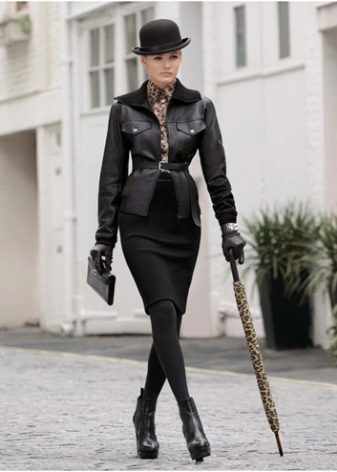
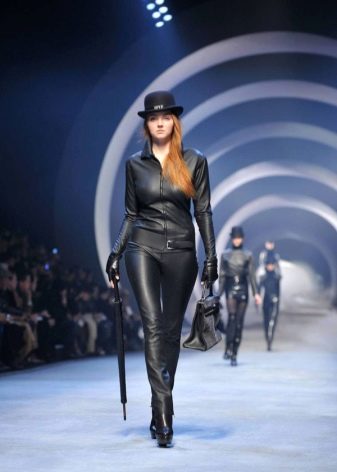
A product that does not fit into any handbag is much easier to forget in transport, a cafe or anywhere else.

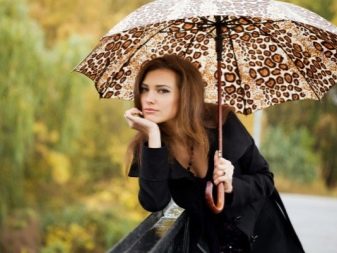

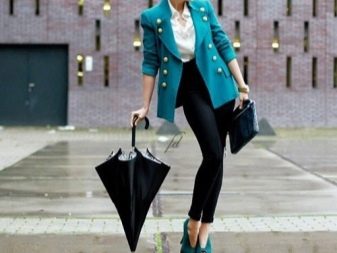
The popularity of the folding umbrella is due precisely to its compactness and practicality. Reducing, if necessary, 2, 3 or even 5 times, such a product can easily fit even in a handbag. The modest diameter of the protective dome is compensated by the ease of use and the minimum of problems when opening or drying in cramped conditions.
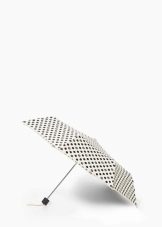
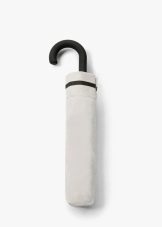
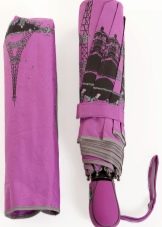
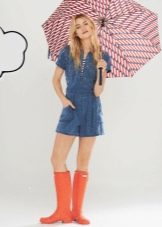
The more movable joints are involved in the construction of the umbrella, the faster it becomes unusable. Folding points become the most vulnerable areas. Reliability is also reduced by the use of weak aluminum alloys for the frame, spokes and fasteners.


Otherwise, the product would have come out too massive and expensive. Lightweight materials have a tendency to bend under load (for example, under the influence of wind) - thereby disrupting the normal functioning of the entire device.
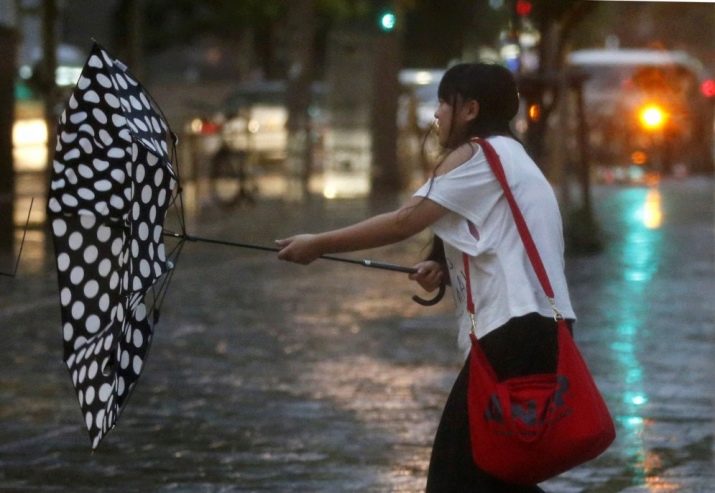
The spokes begin to break or pop out of the grooves.
Mechanism
The way in which the umbrella is opened and closed largely determines its durability and resistance to stress. When choosing a quality product, it is worth remembering: the more complex the automation, the higher the risk of malfunctions.
The following types of umbrellas can be distinguished:
- Fully mechanical - you can open and close the dome only with your own hands. Losing in convenience and speed to more modern options, the manual method allows the umbrella to last longer.

- Semi-automatic - the most common mechanism in most umbrellas, the optimal ratio of comfortable use and frequency of breakdowns. Minus - the rod still has to be folded manually.
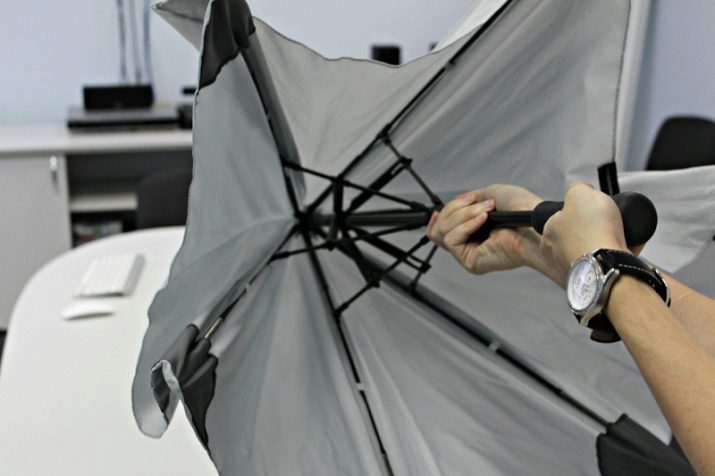
The automatic system assumes full opening of the dome by pressing one button, and the double automatic system also closes. Such an umbrella has a very important advantage: instant combat readiness. It can even be opened with one hand (which becomes important when you are carrying a dozen bags). This is a good choice for active pastime, but it is worth keeping an eye on the condition of the spokes. They are the ones who usually need repairs after frequent use.
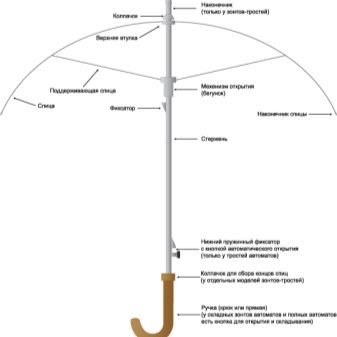
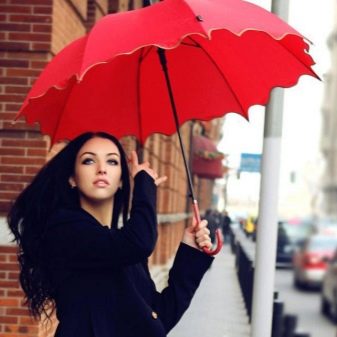
Frame: rod and knitting needles
There is a widespread belief: the more knitting needles in the design, the more reliable the umbrella. Indeed, it makes no sense to take a model in which there are less than eight of them, and hope for a long service. If the owner is not too interested in the perfectly rounded shape of the dome, it is enough to stop at 16 knitting needles in the frame.
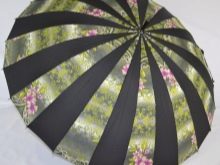

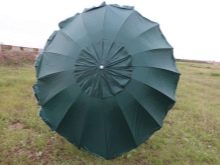
It is much more important to pay attention to the material and fasteners:
- Aluminum is a budget and extremely fragile option. Its only advantage is its low weight. It usually loses shape too easily and wears out. The limit of wind resistance of the aluminum frame is 8 meters per second (for comparison, a gust is considered stormy after 20 meters per second), after which the umbrella is guaranteed to turn inside out.

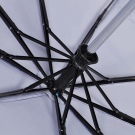
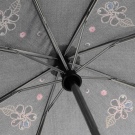
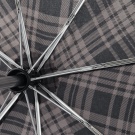

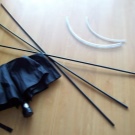
- Steel is a strong and durable material that can withstand strong wind pressure. However, such knitting needles significantly increase the weight of the product and can make the umbrella almost unbearable for fragile women's hands.
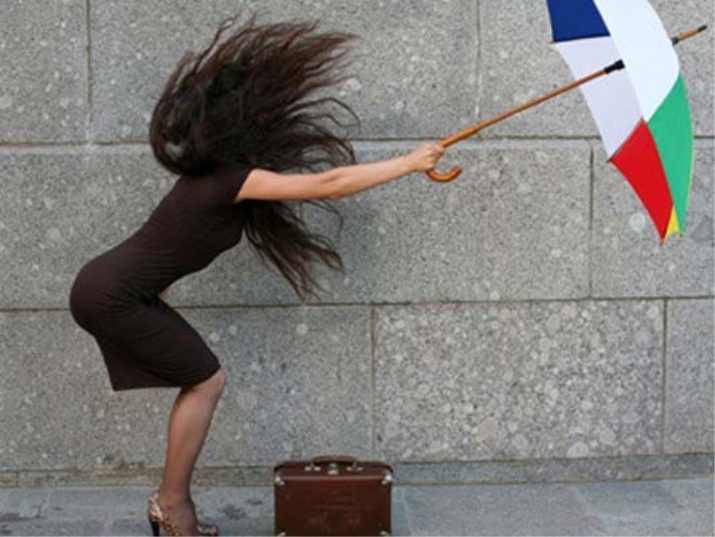
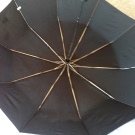
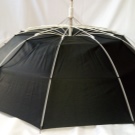
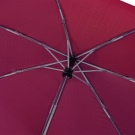
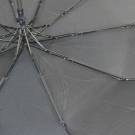
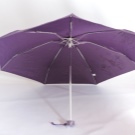
- Fiberglass is a resilient, lightweight and durable relative of plastics. A successful replacement for metal knitting needles and the most current trend in the modern production of umbrellas. The lack of material is a high cost, so you will have to pay extra for quality.
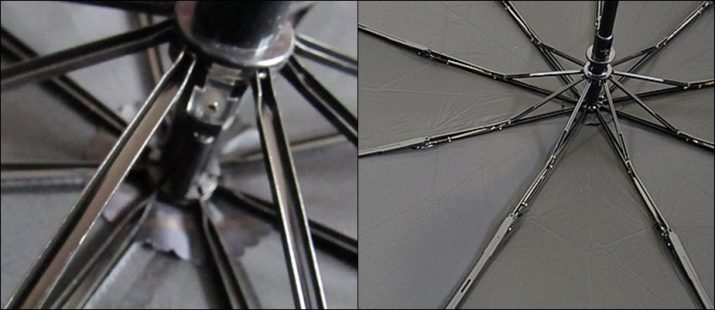
- A more affordable combined option, which is almost not inferior in characteristics to fiberglass.Its advantages are steel spoke base and flexible CFRP end links.
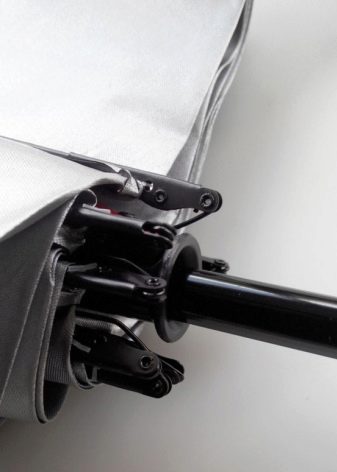
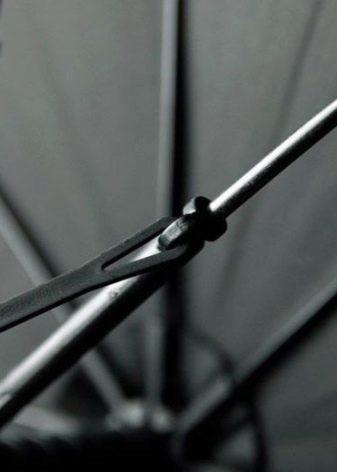
A well-made "protector" has several fastenings of the spokes to the fabric on springs ("crown"). This is better than the method of fixing on a string ("winch"). The more points of contact of the mounts with the canvas, the less a wet canopy will sag in heavy rain.
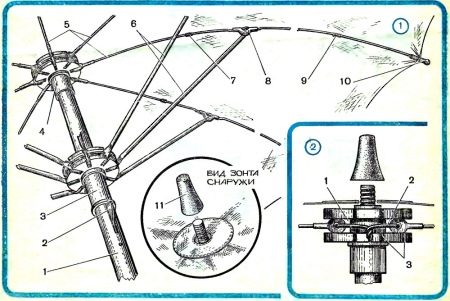
There are no special requirements for the rod for the umbrella-cane: a shape that is comfortable enough for the hands and durable material that does not burden its owner too much. When choosing the optimal folding structure, it is important to pay attention to the cross-section: the more corners there are, the more reliable the final product.
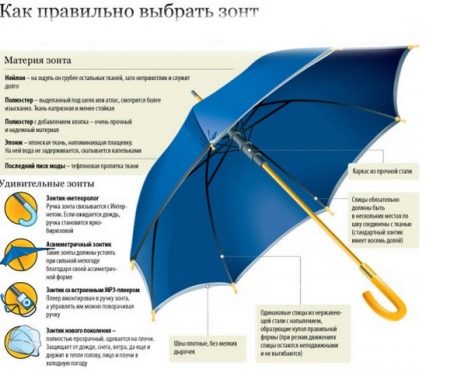
It is rather risky to choose a folding rod with a large number of sections (more than three) - the connections will quickly loosen.
The anti-wind system is mentioned regularly in advertisements and descriptions of individual models. This name hides a combination of additional springs along the bends of the spokes (this allows the anti-storm umbrella to bend in different directions) and special longitudinal grooves along the mounts (this increases the likelihood that the spokes will hold in place after colliding with the air flow). When a strong gust of wind turns an umbrella with such protection inside out, to restore normal performance it is enough to close and open it again (you cannot try to put the knitting needles back into place with your hands).

Textile
The first and most important task of any umbrella is to keep water out of the dome. The cladding material should not only be moisture resistant, but also strong enough to retain its original appearance under heavy rains or the scorching sun.

Accordingly, the quality of the umbrella is determined by the choice of upholstery fabric:
- Nylon is a fairly cheap material. Unfortunately, it fades quickly under the sun and requires proper drying: strictly in the open state (otherwise the fabric will "shrink", as a result of which the dome will lose its shape).
- Polyester with special impregnation - soft to the touch, wear-resistant and water-repellent material. The disadvantage is that you need to be confident in a specific manufacturer and in the originality of the product. Most of the useful properties of polyester lies in the impregnation itself, and in low-quality umbrellas, it tends to disappear over time. The combination of such a material with Teflon gives maximum moisture resistance, soft colors and the ability to change the shade of the canvas under different lighting conditions.
- Pongee is an analogue of cloak fabric with a rough spongy surface. Due to the high coefficient of moisture repulsion, such a sheathing dries in a matter of minutes.
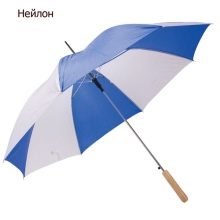
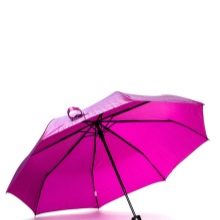

The best indicator of the quality of the umbrella is deservedly considered to be covered with rubberized satin. An extremely durable and quick-drying material has practically no drawbacks (excluding a relatively high cost) and is used to produce the highest quality models.

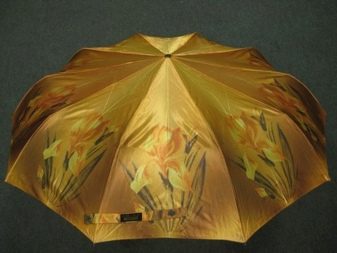
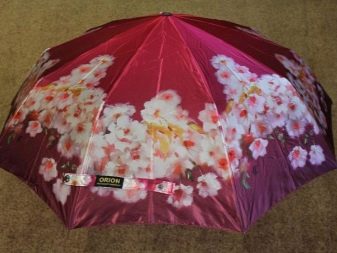
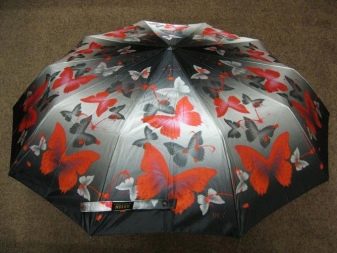
Practical tips for choosing a reliable umbrella
The first thing to do when examining the umbrella is to check the mechanism is working properly. Open and close it, repeat the procedure at least three times in a row.
If the umbrella is collapsible, it is important to ensure that the shaft is secure. Feel free to shake it a little in its fully unfolded form: if the sections are shaking, such an umbrella will not last long.
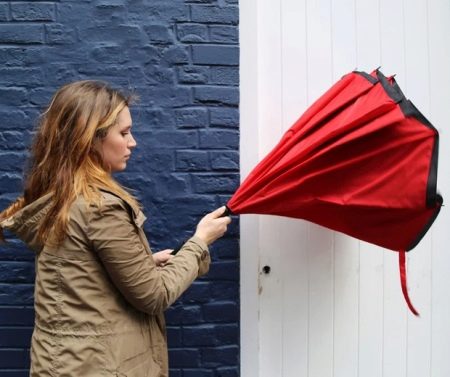
An original high-quality product that serves its owner for a long time must be accompanied by all the necessary information: about the manufacturer (logo on the dome), a separate label with a clear indication of the composition, a hygiene certificate (for compliance with the requirements for the content of allergens) and a guarantee for a period of six months or more.
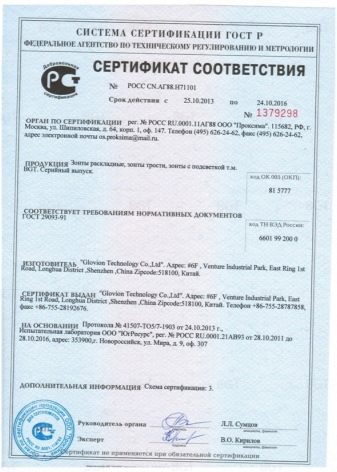
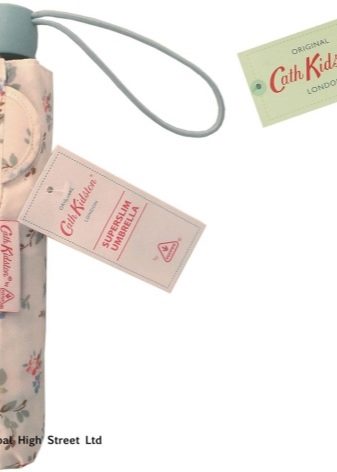
The needles should be the same, even and not just sewn (in several places at the same time) to the fabric, but also fixed at the ends with special caps.If the casing of a new product sags immediately, then it will sag even more (for a cane, the requirements for fabric tension are higher than for a folding version).
